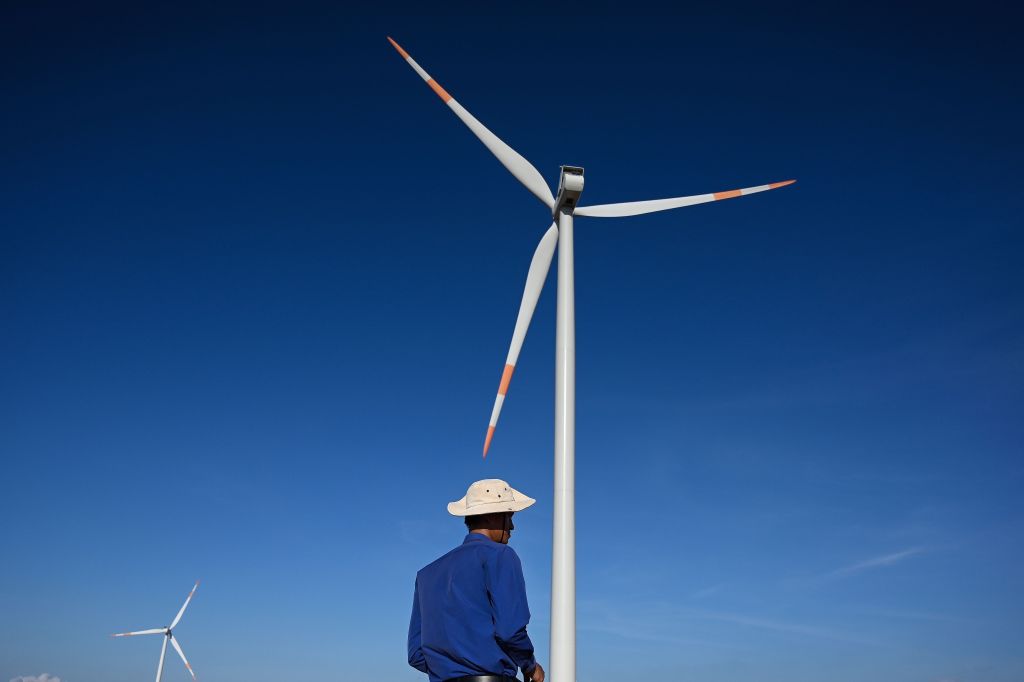Despite recent political challenges to clean energy initiatives, substantial investments indicate a robust confidence in the ongoing energy transition. Notably, two major funds have collectively amassed $21 billion to support renewable energy projects and innovative startups.
Brookfield’s Significant Investment
Brookfield Asset Management, a leading Canadian infrastructure and asset management firm, has successfully raised $20 billion for its second energy transition fund. This fund surpasses its predecessor by 33%, reflecting a strong belief in the enduring growth of renewable energy sectors. To date, Brookfield has allocated $5 billion from this fund into various renewable power projects, including solar, wind, and battery storage initiatives.
Energy Impact Partners’ Expansion
Energy Impact Partners (EIP), a venture capital firm specializing in energy investments, has closed its third flagship fund with $1.36 billion in commitments. This represents a 40% increase over their previous fund, underscoring the escalating interest in climate technology ventures. EIP focuses on supporting startups that have demonstrated viability, with an average investment round size of $26 million. Approximately 25% of this new fund has already been deployed to companies like GridBeyond, which manages distributed energy resources, and Quilt, a manufacturer of consumer-oriented heat pumps.
Sustained Investment Trends
Over the past decade, large limited partners, including pension funds and endowments, have committed nearly $1 trillion to the energy transition. This substantial and consistent investment suggests a long-term commitment to renewable energy and related technologies. Climate tech venture capitalists are on track to raise amounts comparable to previous years, securing a larger share of overall venture capital commitments. In 2025, they have accounted for 3.8% of all venture capital, nearly doubling their share from 2020.
Global Renewable Energy Outlook
While the U.S. faces political headwinds, the global outlook for renewable energy remains optimistic. The International Energy Agency (IEA) projects that worldwide renewable capacity will double by 2030, driven by significant solar installations in China, India, the European Union, and Sub-Saharan Africa. Analysts at DNV anticipate that renewables will supply 65% of the world’s electricity by 2040 and nearly all of it by 2060. Although this trajectory may not achieve net-zero carbon emissions by 2050, the momentum clearly favors the expansion of renewable energy sources.
Conclusion
The recent substantial investments by Brookfield and EIP, totaling $21 billion, highlight a strong and sustained commitment to the energy transition. Despite political challenges, the financial sector’s confidence in renewable energy and climate technology remains unwavering, signaling a promising future for sustainable energy initiatives.


